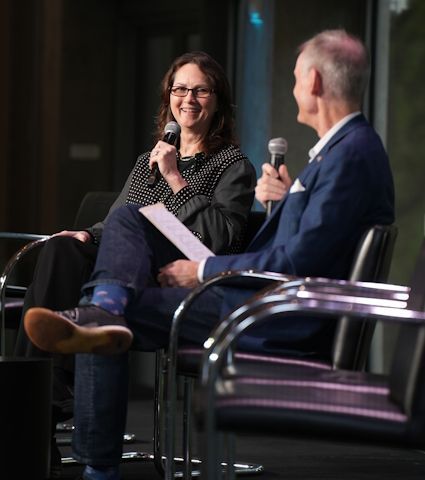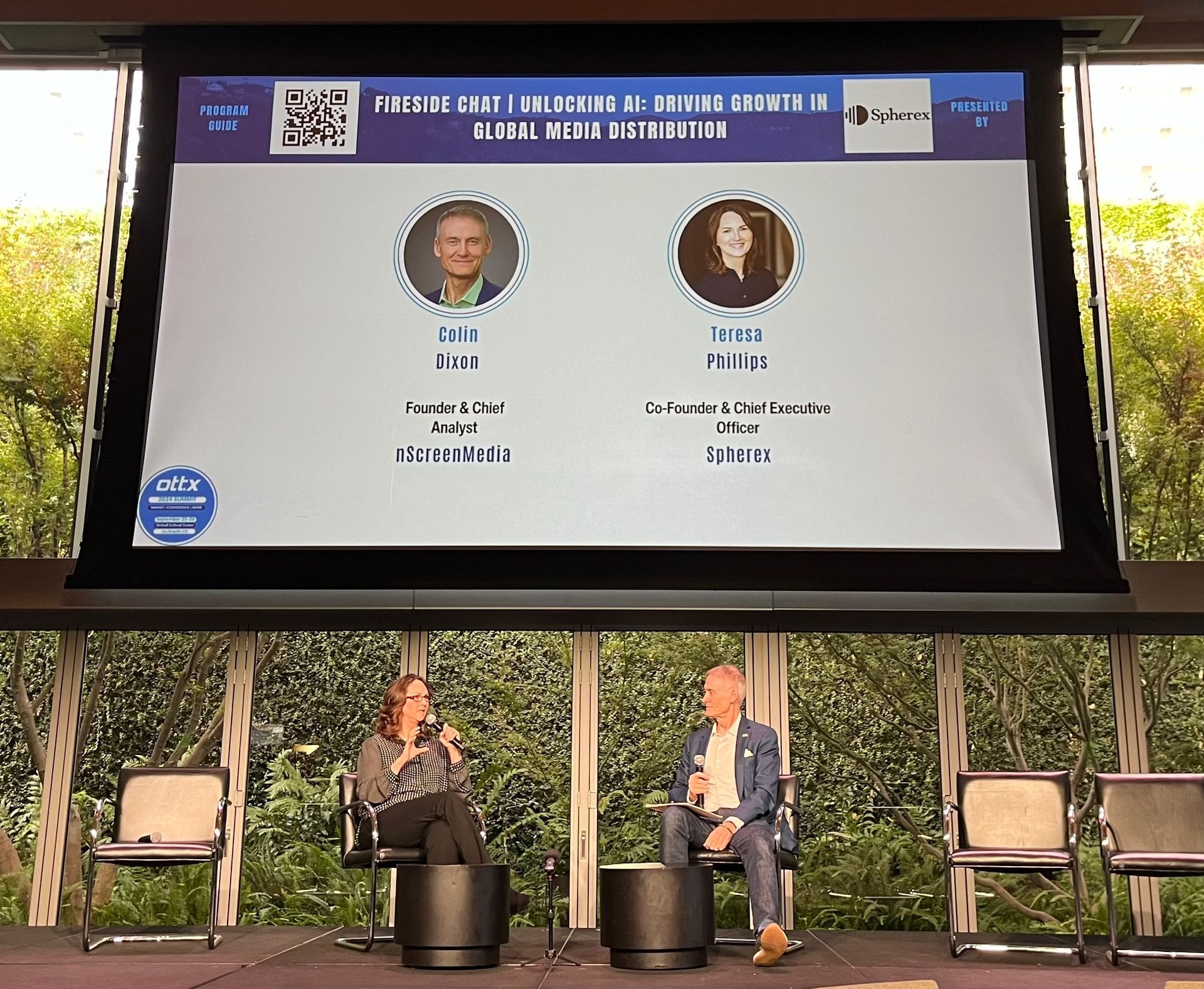Change is Coming in 2022
The past 12 months have seen significant change and disruption in the Media and Entertainment (M&E) industry. Due to the impacts of the persistent COVID-19 pandemic, consumers are now more accustomed to being entertained at home and on multiple devices. The growth of online subscriptions reached levels analysts had not predicted for another two or three years. For example, Disney+ achieved subscriber numbers that Netflix took seven years to reach. The amount of money spent to buy new content also increased, hitting $220B in 2021—the most ever by the industry.
Amongst this growth and disruption, Spherex is considering 2021 in the context of the media and entertainment industry's challenges in 2022. What are the “hot button” issues that should concern us? What events or trends will impact business? Are there technologies that help streamline processes or reduce costs?
Spherex asserts that three milestone events from 2021 will impact the Media and Entertainment industry in 2022.
1. Culture consciousness becomes unavoidable
There was a lot of culture-centric news across the industry in 2021. Several films were heavily censored or banned for violating religious or cultural norms. The British film “The Lady of Heaven” was banned for “hateful, divisive, and inciting racial prejudices” against Muslims and labeled “sacrilegious” in Pakistan. The Amazon Prime television series “Tandav” was banned in India over “undignified” representations of Hindu gods. The Vietnamese government forced Netflix to remove the Australian spy series “Pine Gap” over their use of a map of the South China Sea that "…angered and hurt the feelings of the entire people of Vietnam."
Not even classic film franchises or directors were immune from cultural penalties. The classic James Bond film franchise was censored at home and forced by the BBFC to make cuts due to scenes they found sexist or sadistic. Famed director Steven Speilberg’s remake of “West Side Story” was denied age-rating classifications and banned in Saudi Arabia, the United Arab Emirates, Qatar, Bahrain, Oman, and Kuwait for failing to comply with those country’s “cultural views” regarding profanity, sexuality or inclusion of LGBTQ+ characters or actors.
The South Korean Netflix hit “Squid Game” created much discussion because critics believed the series subtitles misrepresented South Korean culture. Others claimed inaccurate script translation and closed captions resulted in viewers watching a different series than the director intended.
These and other examples should remove all doubt that regardless of the story, government regulators are paying attention to cultural aspects of titles before release. The loss of markets or higher-than-expected age ratings will lower box office revenues or viewership hours. Especially when there is every indication that the amount of scrutiny content may encounter is expected to increase in the coming years.
2. Competition is global and increasingly fierce
Here’s the competitive landscape. In 2021, the top M&E companies spent $250B on original film and TV production and licensing. For that $250B, IMDb Pro reports 44,028 films and 13,610 TV programs were at some stage of production (e.g., not released) through the end of the year. Recent data from Ampere Analysis indicates over 43,100 films, TV episodes, and series titles are available to subscribers across 11 US streaming platforms. Worldwide that figure exceeds 300,000 titles. That’s a great deal of money, a lot of content, competition for consumers' attention, and many titles that aren’t getting distributed.
The M&E industry has never invested more money in content acquisition. Given the amount of content that’s available, why buy more? How will people find what to watch?
There are many reasons for this, e.g., content is king, and all the good titles have been taken, among others. We want to highlight market research that shows original content attracts subscribers faster and keeps them longer than old TV content. Not unlike the Disney+ series “Mandalorian” or Netflix’s “Squid Game,” a good series will find a loyal audience who return to it time and again. There’s also the fact that those series are less likely to travel. Netflix series will always stay on Netflix. Same for Disney, Amazon, or AppleTV+ titles. That long-term loyalty is what the platforms are hoping to buy with these content investments.
The result is a highly competitive content land-grab to attract new subscribers, increase viewership hours, and reduce churn. With such substantial investments on the line, producers must figure out how to reach as broad an audience as possible across as many markets as possible, as quickly as possible. This is not an easy task, and given the amount of content in the pipeline, the effort and time required to prepare content for release will not get any easier or faster anytime soon. It’s not just the quantity of titles entering the market slowing things down; the demand to localize them for international markets is a factor and the time required.
3. Artificial intelligence (AI) and machine learning (ML) begin to add value
In 2021, AI/ML took significant steps towards improving content development and post-production workflows. On the production side, tools came to market that assists content creators with script analysis to determine a film’s possible critical and financial success, pre-production talent, distribution and release analytics, and recommending the right talent to maximize revenue for a particular script. On the post-production side, AI/ML can create visual effects to imperceptibly lip-sync facial movement with foreign-language dialogue and predict trailer effectiveness in finding an audience. Spherexgreenlight™ is part of this AI/ML solutions class. It is used to identify cultural and contextual cues that impact age ratings before localization, thus saving production time, reducing localization cost, and eliminating regulatory risk for any internationally-released title.
Understandably, not every company can afford to be an “early adopter.” But the need to succeed in today’s highly competitive marketplace will push many studios and companies to try these tools and see if they add value to their content production workflows. Effective and successful utilization of these tools will only encourage their further development and improvement, which is the only way they get built. The Rogers Adoption Curve suggests that, like other companies that have adopted new technologies early, they will reap the benefit of getting their content to global markets faster, more cost-effectively, generating higher box-office revenues, and doing so with lower regulatory risk.
These aren’t the only trends that will impact M&E in 2022, but we believe each will begin to influence decisions about content production, distribution, marketing, and bottom lines. In a market with thousands of titles being released to theatrical, streaming, and linear platforms each year, it’s essential to see where and how you can gain market share and advantage. The best way to win in this new, more extensive marketplace is to be more innovative and agile than your competitor.
We’re looking forward to 2022, and we hope you are, too—best wishes to you, your families, and your business in the coming year.
It’s going to be exciting.
Share this post
Related Posts











